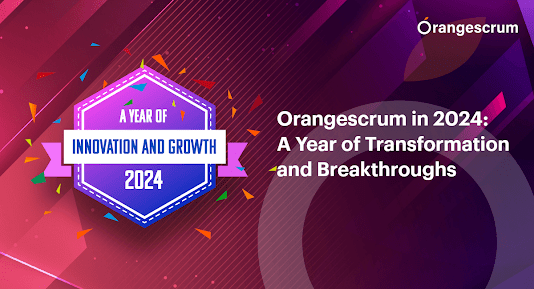As businesses navigate
increasingly complex projects and strive to enhance efficiency, the demand for
robust project management software continues to grow.
Companies across
industries are seeking tools that not only streamline workflows but also offer
advanced features like AI-driven analytics, enhanced collaboration, and customizable
dashboards.
Selecting the right
tool can make a substantial difference in productivity and project outcomes,
empowering teams to manage tasks, track progress, and communicate seamlessly.
To help you make an
informed choice, we’ve compiled a list of the top 10 project management
software options in 2025.
Each tool on this list
stands out for its unique features, ease of use, and scalability, ensuring
you’ll find a solution tailored to your specific project needs.
Whether you’re a small
team looking for simplicity or a large enterprise seeking comprehensive project
solutions, these tools offer the functionality and flexibility to support your
success.
Read on to discover
which software can help elevate your project management in the year ahead.
Why Do You Need a Project
Management Software?
Using project
management software isn't just about convenience; it’s about improving
productivity, minimizing errors, and enhancing teamwork.
For businesses, it can
help reduce project delivery times, maintain budgets, and improve overall
project outcomes.
With a centralized
system, everyone knows their tasks and deadlines, leading to more
accountability and transparency within teams.
Advantages of Using a Project Management Software
● Improved
Collaboration: With
everything centralized in one platform, teams can easily communicate, share
files, and discuss tasks in real time, ensuring alignment and reducing
communication gaps. This fosters a collaborative environment, even for remote
teams.
● Enhanced
Efficiency: Automating
tasks and workflows significantly reduces manual effort, making processes
faster and more streamlined. With everything organized in one place, teams can
focus on high-priority tasks without getting bogged down in administrative
work.
● Real-time
Monitoring: Project
management software provides up-to-date dashboards that help managers track
progress. This visibility enables timely interventions, making it easier to
identify issues before they snowball and ensuring projects stay on track.
● Better
Resource Management: By
providing a comprehensive view of resources, these tools ensure that manpower,
time, and budgets are used efficiently. Managers can allocate tasks based on
team members’ capacity and track resource utilization, minimizing
overburdening.
● Reduced
Risk: Built-in reporting and
alerts help monitor potential risks like delays or resource shortages. By
proactively addressing these issues, teams can avoid common project pitfalls,
delivering successful outcomes while maintaining quality and timelines.
Top Things to Consider When
Choosing Project Management Software
When choosing a project
management software, it's essential to evaluate its compatibility with
different project management methodologies and its support structure.
● Methodology
Compatibility (Agile, Hybrid, Waterfall, SAFe)
Ensure the software
supports your preferred project management methodology — whether it’s Agile for
flexibility, Waterfall for structured phases, Hybrid for a mix, or SAFe for
scaling Agile practices across large organizations. A versatile tool that
adapts to different methodologies can provide long-term value.
● Enhancement
Capabilities
Look for software that
can grow with your organization. Customization options, integrations with
third-party tools, and advanced reporting capabilities allow the tool to evolve
alongside your business needs.
● Service
Level Agreement (SLA)
A reliable SLA outlines
service quality expectations, uptime guarantees, and performance standards.
This is especially critical for businesses where system reliability and uptime
are paramount for project continuity.
● Customer
Support
Robust customer support
is invaluable, especially during critical project phases. Assess the
availability, response time, and expertise of the support team to ensure you’ll
have reliable assistance whenever you need it.
Read the full blog

















